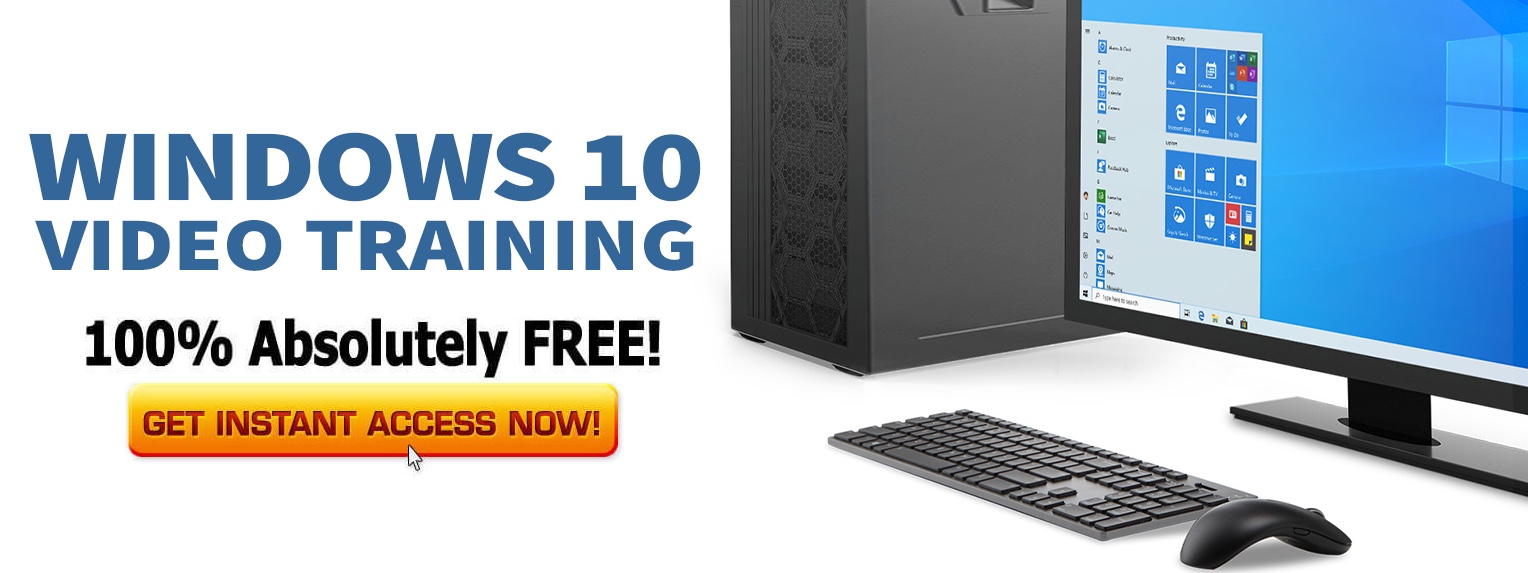
Craig Federighi, Apple’s senior vice president of Software Engineering gave an interesting interview to Arstechnica.
It was a wide-ranging interview but was primarily focused on the new Apple M1 processor powered laptops – the Macbook Air and the 13-inch Macbook Pro.
The new Apple powered hardware has been considered revolutionary because apart from freeing Apple from a dependency on Intel, it has allowed Apple to more tightly integrate its components and start gthe move toward a unified Operating System for all Apple hardware products.
This is something that Microsoft was trying to accomplish for Windows and still hasn’t figured out.
How Apple’s unified memory architecture works
UMA means that all the components—a central processor (CPU), a graphics processor (GPU), a neural processor (NPU), an image signal processor (ISP), and so on—share one pool of very fast memory, positioned very close to all of them.
This is different from the common (Windows-centric) desktop paradigm, of say, dedicating one pool of memory to the CPU and another to the GPU on the other side of the board.
When users run demanding applications, the traditional pipelines may end up losing a lot of time and efficiency moving or copying data around so it can be accessed by all those different processors.
Federighi suggested Apple’s success with the M1 is partially due to rejecting this inefficient paradigm at both the hardware and software level:
We not only got the great advantage of just the raw performance of our GPU, but just as important was the fact that with the unified memory architecture, we weren’t moving data constantly back and forth and changing formats that slowed it down. And we got a huge increase in performance.
And so I think workloads in the past where it’s like, come up with the triangles you want to draw, ship them off to the discrete GPU and let it do its thing and never look back—that’s not what a modern computer rendering pipeline looks like today. These things are moving back and forth between many different execution units to accomplish these effects.
The results so far have been amazing with tech blogs like the Verge ranting and raving about how great the new Apple M1 powered Macs are. The efficiency of the processor has resulted in faster speeds and almost 100% more battery only life in the Macbook Air (18 hours).
Windows 10 on Apple hardware
The new M1 powered Macs can run existing Mac, iPhone, and iPad software but can’t immediately run applications built for x86 operating systems besides macOS.
The M1 Macs do use a virtualization framework that supports products like Parallels or VMWare, but those programs would typically virtualize other ARM operating systems.
Here’s the kicker.
When asked about Windows 10 running natively on Macs in the future, Federighi said the following:
“that’s really up to Microsoft,” he said. “We have the core technologies for them to do that, to run their ARM version of Windows, which in turn of course supports x86 user mode applications. But that’s a decision Microsoft has to make, to bring to license that technology for users to run on these Macs. But the Macs are certainly very capable of it.”
Apple pretty much insist that they have the core technologies for Microsoft to run their ARM version of Windows 10, which in turn of course supports x86 user-mode applications.
The bottom line
Satya Nadella has shown himself to be a pragmatic man and has made very good clinical decisions about Microsoft Windows and cloud platforms.
In the future, if it makes sense, you just might see a version of Windows 10 that runs on Macbooks which would theoretically give Mac business users the best of both worlds. A sleek sexy laptop they like with the Windows features they want or need for business.
However, what’s more likely is that users will continue to run Windows 10 in Parallels or VMware for Mac. That seems to be a much safer and easier way to move forward.
What do you all think about the new Apple hardware? Let us know in the comments.

